Trees are an essential part of our environment, providing us with fresh air, shade, and beauty. But when trees become unhealthy, they can become a nuisance and a safety hazard. That's why it's important to know how to troubleshoot unhealthy trees and take the necessary steps to keep them healthy. In this article, you will learn the signs of an unhealthy tree, how to identify the cause of the problem, and what measures you can take to prevent further damage.
From spotting diseases and pests to understanding soil conditions, this article will help you understand the signs of an unhealthy tree and how to troubleshoot it. With this knowledge, you can ensure that your trees stay healthy and provide you with the many benefits they bring. Trees are an essential part of our environment, providing shade, shelter, and food for animals. Unfortunately, trees can become unhealthy due to environmental factors such as poor soil, extreme weather, and disease. When it comes to troubleshooting unhealthy trees, it is important to diagnose the problem first.
Common tree health problems include pest infestations, environmental stress, nutrient deficiencies, and disease. To diagnose these issues, you will need to take a close look at the tree. Signs of pest infestations include chewed leaves, holes in the bark, and sawdust on the ground. Environmental stress can be identified by looking for discolored leaves and wilting branches.
Nutrient deficiencies can be identified by looking for yellow or pale leaves. Diseases can be identified by looking for spots or lesions on the bark or leaves. Once you have identified the issue, you can then take steps to address it. Pruning can help reduce the amount of stress on a tree and improve air circulation. Mulching helps protect a tree from extreme temperatures and provides nutrients.
Fertilizing helps replenish nutrient deficiencies in the soil. Finally, pest control can help reduce infestations. In addition to diagnosing and troubleshooting unhealthy trees, it is also important to know the signs of a healthy tree. Healthy trees will have strong branches, dense foliage, deep roots, and vibrant bark. To ensure your tree stays healthy, you should practice proper watering, pruning, and fertilizing techniques.
For example, water your tree once a week during dry periods and fertilize it twice a year. Additionally, prune your tree regularly to remove dead or diseased branches. Trees are an invaluable part of our environment and require proper care and maintenance to remain healthy. To troubleshoot an unhealthy tree, you must first diagnose the issue. Once the issue is identified, you can take steps to address it such as pruning, mulching, fertilizing, and pest control.
Additionally, it is important to recognize the signs of a healthy tree such as strong branches, dense foliage, deep roots, and vibrant bark. With proper care and maintenance, you can ensure your tree remains healthy.
Signs of a Healthy Tree
Trees are complex living organisms, and they require proper care to remain healthy. There are certain signs that indicate whether a tree is healthy or not. A healthy tree should have strong branches, dense foliage, deep roots, and vibrant bark.Branches should be straight and well-spaced, and the leaves should be of a consistent color. The bark of a healthy tree should be solid and free of discoloration or disease. In addition to these visible signs, there are certain practices that should be carried out to maintain a healthy tree. These include proper watering, pruning, and fertilizing.
It is also important to inspect the tree regularly for signs of disease or damage. Proper care can help ensure that a tree remains healthy and vibrant for years to come. By following the steps outlined above, it is possible to identify signs of a healthy tree and maintain it over time.
Common Tree Health Problems
Trees are vulnerable to a variety of health problems that can affect their growth and health. Each of these issues can be addressed with careful observation, and appropriate preventive and corrective measures.Pest Infestations
: Many insects and other pests can damage trees, including aphids, caterpillars, borers, weevils, and scale insects.These pests can cause injury to leaves, buds, stems, and branches. To address a pest infestation, it is important to identify the pest and choose the most appropriate treatment. Some treatments may include pruning affected branches, removing affected leaves or using insecticides.
Environmental Stress
: Trees can be affected by extreme weather conditions such as drought, strong winds, or floods. Trees can also be stressed by changes in soil pH or air pollution.To address environmental stress, it is important to monitor the environment around the tree and act quickly to address any changes that may be causing stress. This may include mulching the soil to retain moisture or providing protective barriers against strong winds.
Nutrient Deficiencies
: Trees need essential nutrients such as nitrogen, phosphorus, and potassium to stay healthy. If a tree is not receiving enough nutrients, it can become weak or even die. To address nutrient deficiencies, it is important to have the soil tested and then fertilize the tree as needed.It is also important to make sure that the tree has access to adequate amounts of sunlight and water.
Disease
: Trees can become infected with fungi or bacteria that cause diseases that can affect their growth and health. To address tree diseases, it is important to properly identify the disease and then take appropriate steps to treat it. This may include pruning infected branches or using fungicides or antibiotics. This article has provided information on how to troubleshoot unhealthy trees and how to identify the signs of a healthy tree. By following the advice provided in this article, you can help ensure that your trees remain healthy and continue to provide shade and shelter for many years to come.Troubleshooting unhealthy trees and identifying signs of a healthy tree is essential for the maintenance of our environment, as it enables us to keep our trees in their best condition.
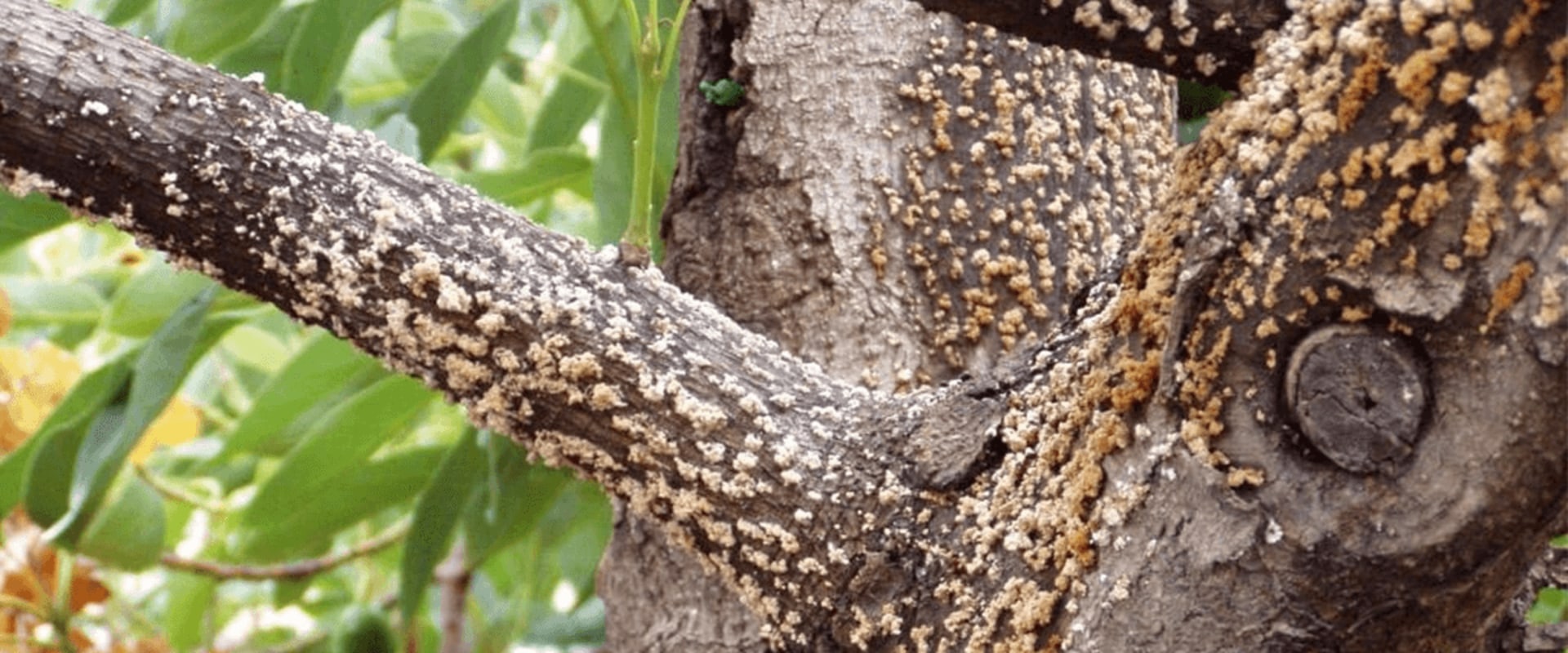

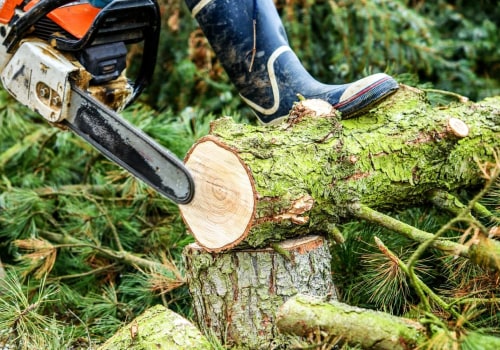
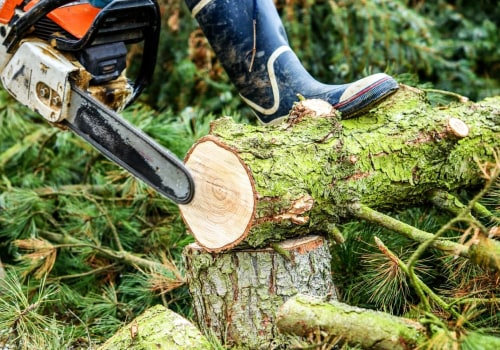
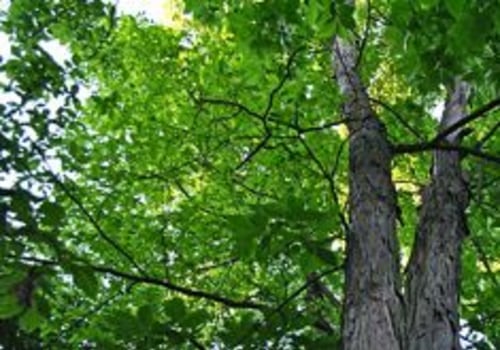
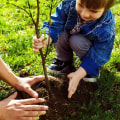
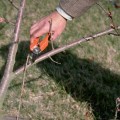
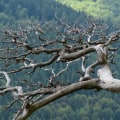
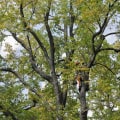
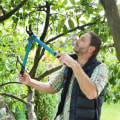
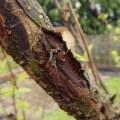
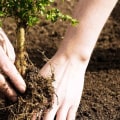
Leave Message